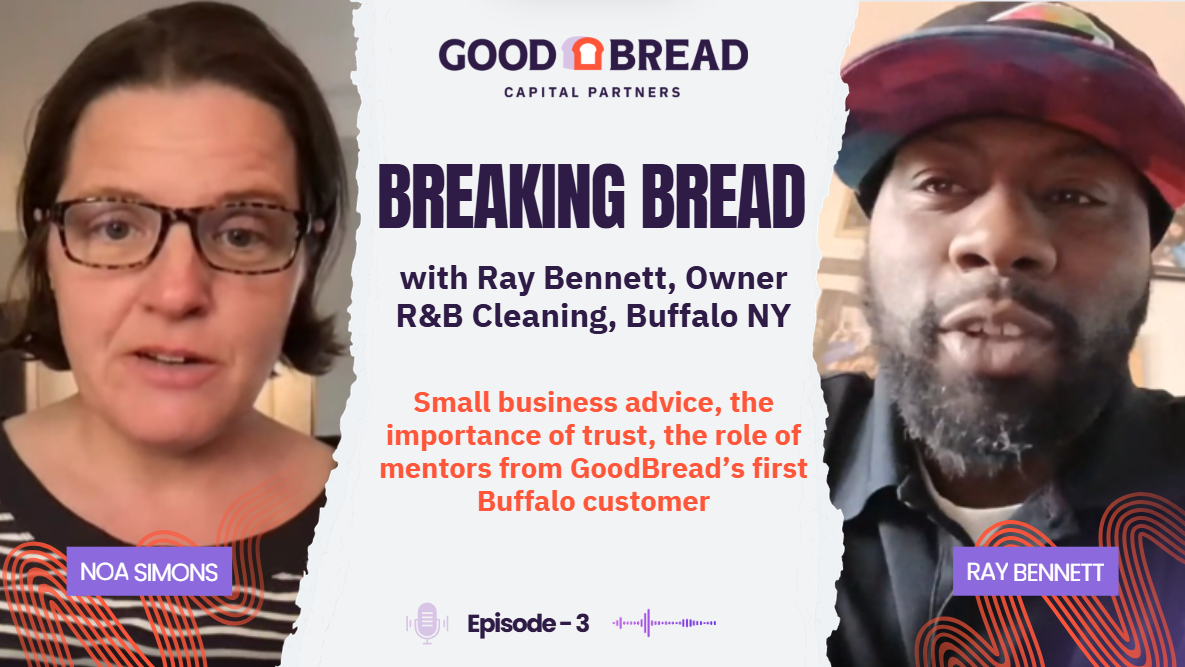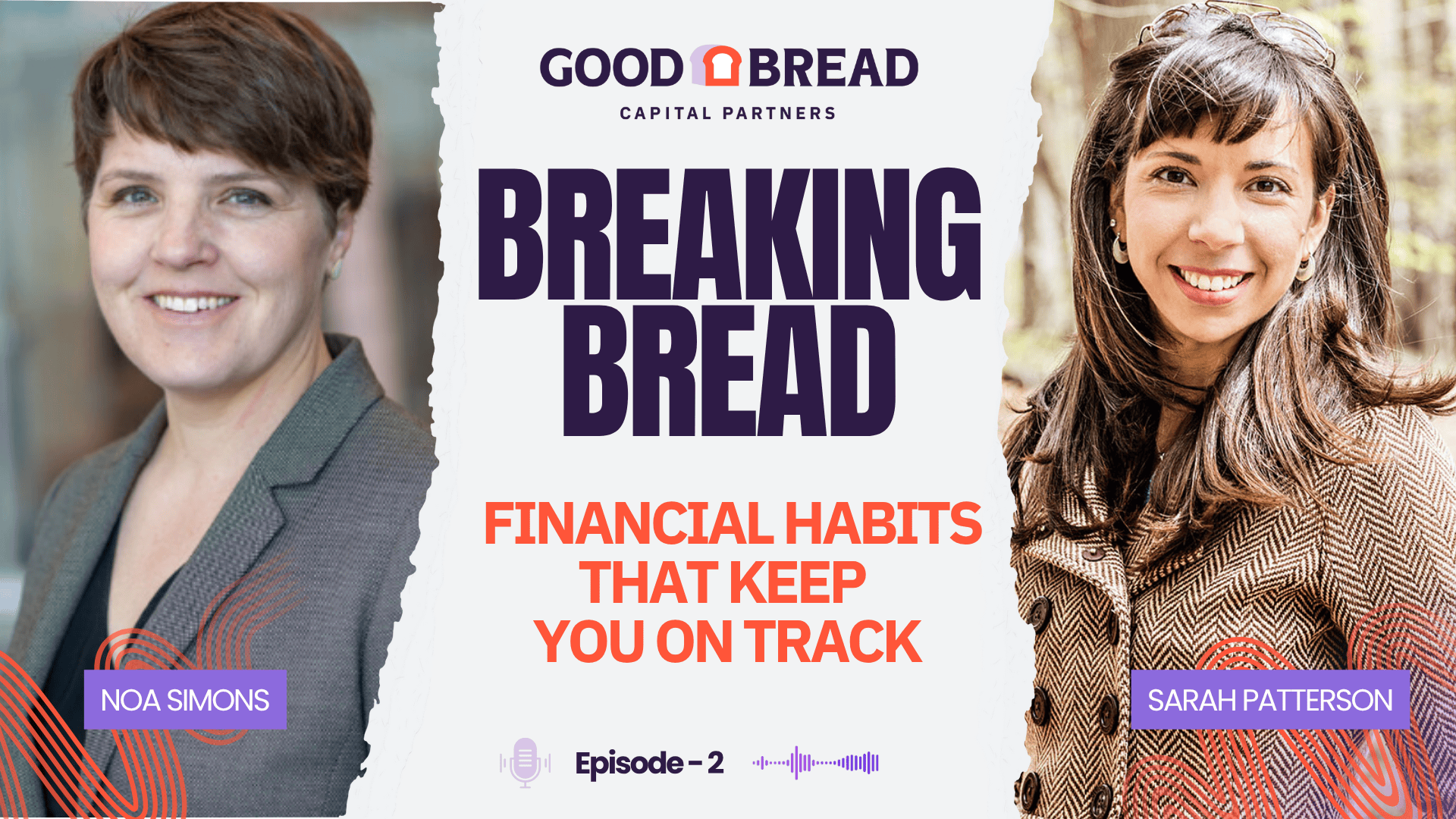If you’re running a business with fewer than 20 employees, you’ve probably noticed how difficult it can be to get the right kind of financing. Banks often prefer making loans in the hundreds of thousands of dollars, while many Main Street businesses need something closer to $25,000–$75,000 to manage cash flow, buy equipment, or invest in growth.
That gap has left many entrepreneurs caught in the middle — too small for traditional banks, but too savvy to accept predatory “quick cash” offers. Here’s what’s really happening in small business lending today, and what it means for owners like you.
1. Borrowing Costs Are High for Smaller Loans
Most of the published stats about small business lending are misleading for very small businesses. The “average” SBA loan is nearly $600,000 — much larger than what most Main Street businesses are looking for.
When it comes to loans under $100k, the real comparisons look like this:
- Credit cards: usually 20%+ APR
- Merchant cash advances (MCAs): often 30–80% effective APR
- Online lenders: commonly high double-digit APRs
What this means for you: If you’re borrowing in the $10k–$100k range, the cheapest products are often out of reach, and the easiest ones are the most expensive.
2. Banks Aren’t Built for $50k Loans
Large banks have pulled back from making smaller loans. The underwriting costs are nearly the same whether a loan is $50k or $500k, so many banks simply don’t bother.
Community banks and credit unions do more in this space, but their approvals can take weeks and they often focus on longer-established businesses or existing customers.
What this means for you: Don’t be discouraged if a bank declines your request for a smaller loan — it’s often about their economics, not your potential.
3. Fast Money Isn’t Always Good Money
Alternative lenders and MCA providers have stepped in with fast approvals and easy applications. While the speed is tempting, the repayment terms can be punishing: daily withdrawals, short payback windows, and sky-high costs that drain cash flow.
What this means for you: Always check the true annual cost (APR + fees) and ask whether the repayment schedule matches your revenue cycle. If it adds more stress than stability, it’s not the right fit.
4. New Models Are Expanding Access
The good news: lending models are evolving. More lenders are moving beyond credit scores to consider cash flow, customer relationships, and the entrepreneur’s track record. This is especially important for women-owned, minority-owned, and first-time businesses that have historically been underserved.
Programs like SBA microloans and community development lenders help. And newer approaches — like character-based lending — focus on qualities that predict success: resilience, planning, and customer focus.
5. How to Prepare If You’re Borrowing in 2025
Whether you’re seeking working capital, equipment financing, or funds to grow, preparation matters. Three things make the biggest difference:
- Show your cash flow – bank statements or POS reports that prove steady revenue.
- Clarify your plan – explain how you’ll use the funds and what return you expect.
- Be transparent – even if your credit isn’t perfect, honesty builds trust.
The GoodBread Perspective
At GoodBread, we exist to serve the entrepreneurs in this “missing middle.” For businesses needing $5k–$100k, our rates are designed to be sustainable — lower than credit cards, far fairer than MCAs, and faster than most banks.
Like many lenders, we require a personal guarantee, but our difference is in how we evaluate your business. We combine data with personal context, looking at your character and track record alongside the numbers. That means you’re not just a credit score — you’re an entrepreneur building something real.
Looking Ahead
The lending environment is still challenging, but new platforms are emerging to make it a little easier — especially for small business owners ready to take their shot. More lenders are recognizing that small-dollar loans are essential for Main Street businesses, and more products are emerging to fill that gap.
The bottom line: borrow smart, prepare well, and look for partners who see your whole story, not just your balance sheet.


